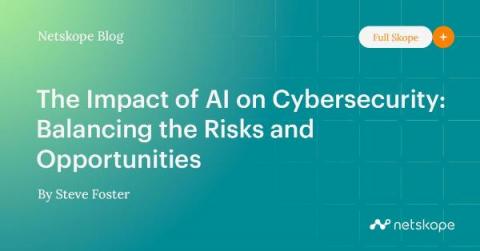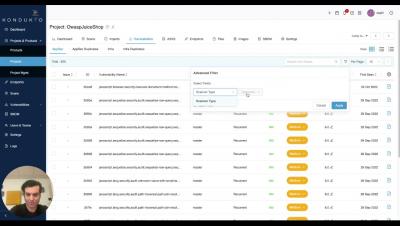The Impact of AI on Cybersecurity: Balancing the Risks and Opportunities
As artificial intelligence (AI) advances, I am seeing a lot of discussion on LinkedIn and in the online media about the advantages it may bring for either the threat actors (“batten down the hatches, we are all doomed”) or the security defence teams (“it’s OK, relax, AI has you covered”).











